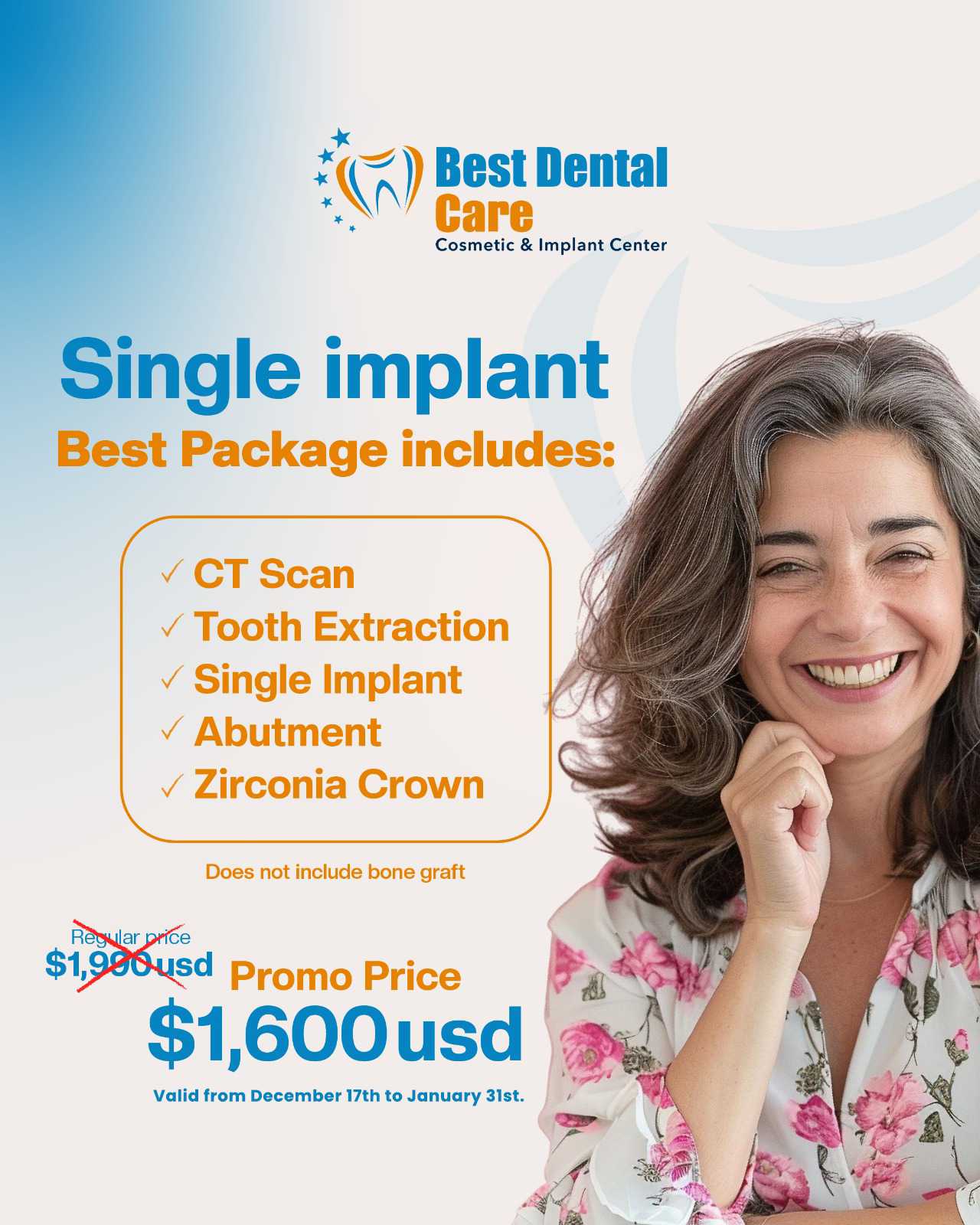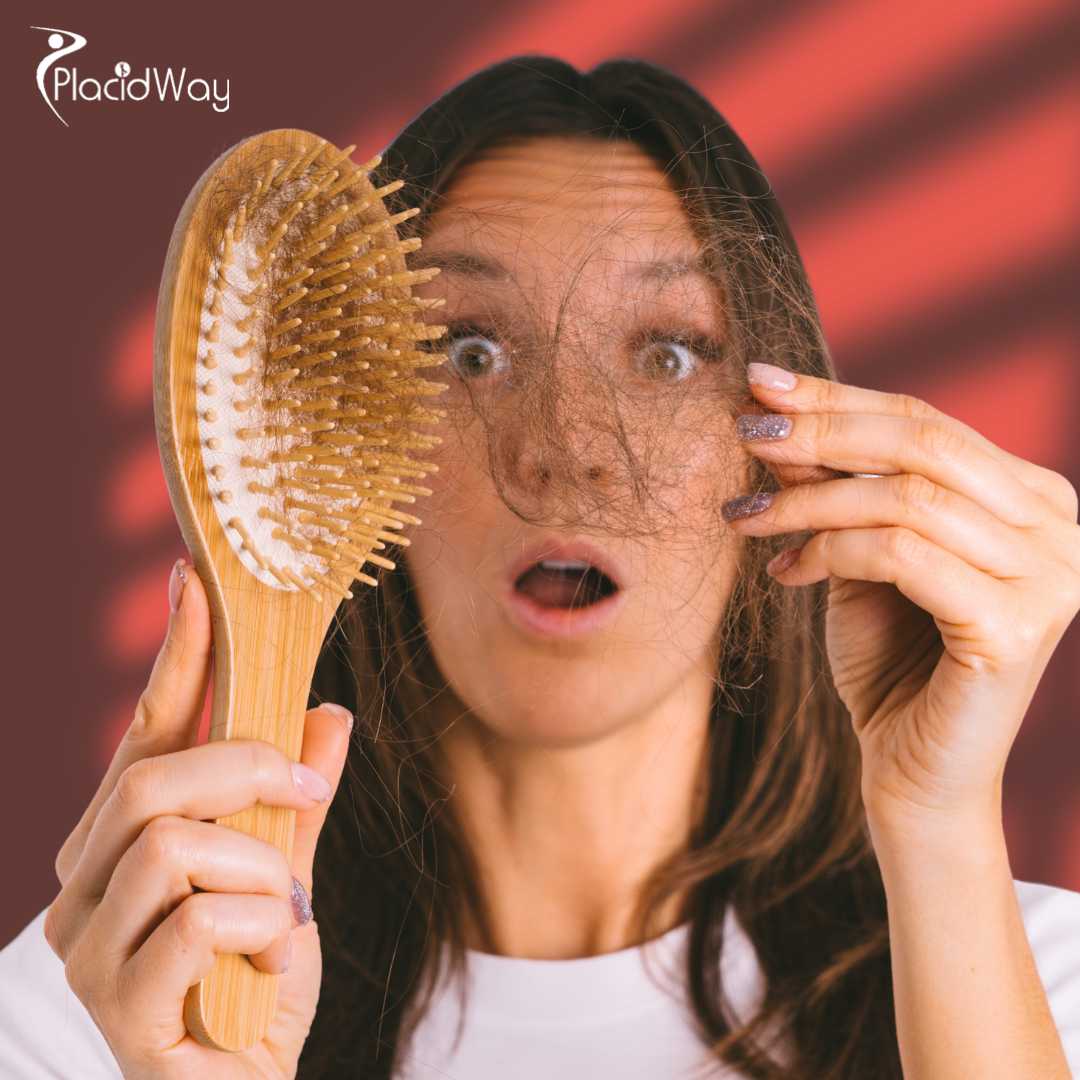.png)
Elbow pain can be incredibly frustrating. Whether it's a nagging ache from tennis elbow (lateral epicondylitis) or the sharp pain of golfer's elbow (medial epicondylitis), chronic elbow issues can stop you from enjoying sports, hobbies, or even simple daily tasks. For years, the main options were rest, physical therapy, bracing, cortisone injections, or invasive surgery. But what if there was another way? What if you could use your body's own natural repair system to heal the injury from the inside out? That's the exact promise of stem cell therapy for the elbow. This field, known as regenerative medicine, is moving away from just masking symptoms and toward actually rebuilding damaged tissue.
If you're hearing a lot about stem cells, you're not alone. Athletes and everyday people are increasingly turning to this treatment to find lasting relief and avoid the operating room. But what is it, really? How does it work? Is it safe? And importantly, does it actually work for elbow pain? This guide is here to answer all those questions you've been searching for. We'll break down the entire process, from where the cells come from to what recovery looks like, giving you the clear, expert information you need to understand if this modern treatment is the right choice for you.
What is stem cell therapy for the elbow?
Think of stem cells as your body's "blank slate" cells. They are unique because they haven't specialized yet. They have two amazing abilities: they can self-renew (make copies of themselves) and they can differentiate (turn into other types of cells). When you have a chronic tendon injury like tennis elbow, the problem isn't just inflammation; it's degeneration, meaning the tendon fibers have tiny tears and are starting to break down.
When a concentrated dose of stem cells is injected into this damaged area, they act like a master repair crew. They can help reduce inflammation, protect existing healthy cells, and, most importantly, signal your body's own healing mechanisms to get to work rebuilding the damaged tendon with new, healthy tissue.
How does stem cell therapy work for elbow pain?
The process is less about the stem cells magically turning into a brand-new tendon overnight and more about them acting as "conductors" for the orchestra of healing. The specific type used, Mesenchymal Stem Cells (MSCs), are known to be a powerful anti-inflammatories. They essentially quiet down the chronic, painful inflammation that's preventing any real healing.
Once the inflammation is controlled, the stem cells release a cascade of powerful proteins called growth factors. These proteins act like a call-to-arms, signaling your body's local repair cells to come to the site and begin rebuilding. In some cases, the stem cells themselves may also differentiate into tenocytes (tendon cells) to directly help patch up the damage.
Is stem cell therapy effective for tennis elbow?
Tennis elbow is a degenerative condition, not just an inflammatory one. The root cause is micro-tears and scarring in the extensor carpi radialis brevis (ECRB) tendon on the outside of your elbow. Cortisone shots can reduce inflammation and provide temporary pain relief, but they don't fix the underlying tear and can even weaken the tendon over time.
Stem cell therapy is different because it directly addresses the degenerated tissue. By promoting the repair of those micro-tears, it aims for long-term structural healing. Many patients report significant reductions in pain and a return to activities they couldn't do before, making it a powerful regenerative medicine for elbow injuries.
Can stem cells help with golfer's elbow?
Golfer's elbow involves damage to the flexor tendons that attach to the bony bump on the inside of your elbow. Just like with tennis elbow, this is often a chronic, degenerative problem where the tendon tissue has failed to heal properly on its own.
An stem cell injection in the elbow for this condition places the regenerative cells right at the source of the problem. This helps reduce the chronic inflammation and, more importantly, provides the building blocks and signals needed to repair the damaged, painful tendon.
What conditions can be treated with stem cell therapy in the elbow?
While tendon issues are the primary target, the applications of regenerative medicine are expanding. Here’s a quick breakdown:
- Chronic Tendinopathies: This is the main category, including tennis elbow and golfer's elbow. These conditions are ideal because they are caused by tissue degeneration, which stem cells are well-suited to repair.
- Partial Tendon Tears: For small-to-moderate tears in the biceps or triceps tendons, stem cell therapy may help heal the tear and prevent the need for surgical re-attachment.
- Elbow Osteoarthritis: While it can't regrow a completely worn-out joint, stem cell therapy for elbow arthritis can be very effective at reducing pain, improving joint-lining fluid, and decreasing inflammation, which can significantly improve quality of life and delay the need for joint replacement surgery.
- Ulnar Collateral Ligament (UCL) Injuries: Famous as the "Tommy John" injury in baseball players, stem cell therapy is sometimes used to help heal partial tears in the UCL to avoid major reconstructive surgery.
Am I a good candidate for elbow stem cell therapy?
Your doctor will make the final determination based on a full evaluation, which usually includes a physical exam and imaging like an MRI or ultrasound. You are likely a good candidate if:
- Your pain is from a confirmed tendon injury or mild-to-moderate arthritis.
- You are in good general health.
- You have realistic expectations about the treatment (it aims for healing, which takes time).
- You want to avoid the risks and long recovery associated with surgery.
You might not be a good candidate if you have an active infection, a bleeding disorder, certain cancers, or a complete tendon rupture that requires immediate surgical reattachment.
What is the procedure for a stem cell elbow injection?
The entire process usually takes about 1-2 hours and follows three main steps:
- Harvest: The doctor numbs an area (usually the back of your hip or your abdomen) and collects either bone marrow aspirate or adipose (fat) tissue. This part is generally well-tolerated, with most patients reporting a feeling of pressure rather than sharp pain.
- Concentration: The collected tissue is taken to an on-site lab and processed in a special centrifuge. This machine spins the sample at high speed to separate and concentrate the powerful stem cells and growth factors, creating the final "stem cell injectate."
- Injection: The doctor numbs your elbow and uses ultrasound or X-ray guidance to see exactly where the damage is. They then meticulously inject the concentrated stem cells directly into the damaged tendon or joint, ensuring the cells get precisely where they are needed most.
After the injection, a simple bandage is applied, and you can go home the same day.
Where do the stem cells come from?
Both sources are rich in Mesenchymal Stem Cells (MSCs), which are ideal for orthopedic repair.
- Bone Marrow Aspirate Concentrate (BMAC): This is collected with a needle from the back of your hip bone (iliac crest). This source is very rich in MSCs and other important growth factors that are excellent for signaling tissue repair.
- Adipose Tissue (Fat): A mini-liposuction procedure is performed to collect a small amount of fat. Fat tissue is actually one of the richest sources of MSCs in the entire body, containing a very high volume of regenerative cells.
The choice between them often depends on your doctor's preference and your specific condition. Importantly, because the cells are from your own body, there is no risk of rejection or allergic reaction.
Is the stem cell procedure for the elbow painful?
Patients often report that the bone marrow aspiration feels like a deep, dull pressure for a few seconds. The fat harvest is similar to any other numbed procedure. The injection into the elbow itself is also numbed, but you might feel a sensation of fullness as the solution is injected.
After the procedure, it's common to have some soreness at both the harvest and injection sites for a few days. This is a normal part of the healing process and is typically managed with ice and over-the-counter pain relievers like Tylenol (doctors often advise against NSAIDs like Ibuprofen, as they can interfere with the stem cell process).
What is the recovery time for stem cell therapy on the elbow?
It's important to understand that this is a healing process, not a quick fix. The recovery is a phased approach:
- Week 1: Rest. You'll likely be advised to wear a sling for a few days and avoid using the arm for lifting or strenuous activity. The goal is to let the stem cells "set up shop."
- Weeks 2-6: Gentle motion and physical therapy. You will start guided exercises to restore range of motion and gradually begin strengthening the area.
- Months 2-3: Significant improvement. This is when many patients report a real decrease in their daily pain as the tissue repair gains momentum.
- Months 3-6+: Continued healing. You'll gradually return to more demanding activities and sports. The tissue will continue to remodel and get stronger over many months.
How much does stem cell therapy for the elbow cost?
This cost is almost always not covered by health insurance, as it is still considered an experimental or investigational treatment by many providers. The price reflects a high-tech, specialized procedure: it includes the doctor's time for harvesting, the expensive sterile processing equipment (centrifuge), and the expertise required for the ultrasound-guided injection.
When considering cost, it's helpful to compare it to the alternatives. While surgery might be covered by insurance, it often comes with co-pays, deductibles, and significant time lost from work. Below is a general comparison of common elbow treatments.
| Feature | Stem Cell Therapy | PRP Injection | Cortisone Injection | Elbow Surgery |
|---|---|---|---|---|
| Average Cost (US) | $2,500 - $8,000 | $500 - $1,500 | $100 - $300 (often insured) | $5,000 - $15,000+ |
| Procedure Type | Minimally invasive | Minimally invasive | Minimally invasive | Invasive surgery |
| Goal | Regenerate/Repair Tissue | Stimulate Healing | Reduce Inflammation | Remove Damaged Tissue |
| Recovery | 2-3 months for results | 4-6 weeks for results | Immediate relief (temporary) | 3-6 months+ |
| Insurance Coverage | Rarely | Rarely | Often | Usually |
Are there any risks or side effects of elbow stem cell injections?
The most common side effect is temporary pain or soreness at the injection site and the harvest site. This is a normal inflammatory response and a sign that the healing process is beginning.
It is crucial to have this procedure done by a qualified, experienced doctor who specializes in regenerative medicine. Using sterile techniques and precise image guidance (like ultrasound) dramatically minimizes these risks.
How long do the effects of stem cell therapy last for elbow pain?
The longevity of the results depends on several factors, including the initial severity of your condition, your overall health, and how you care for your elbow after the treatment. If you return to the same activities with the same poor mechanics that caused the injury in the first place, it's possible to re-injure the area.
This is why post-procedure physical therapy is so important. It helps strengthen the supporting muscles and correct any biomechanical issues to protect the newly repaired tissue for the long term.
Stem cell therapy vs. PRP for elbow pain: What's the difference?
Think of it this way: PRP is like a construction crew showing up with just blueprints and a megaphone (growth factors) to call for repairs. Stem cell therapy is like that same crew showing up with the blueprints, megaphone, and a truck full of new bricks, mortar, and skilled workers (the stem cells themselves).
PRP is an excellent, less-expensive first-line regenerative treatment. Stem cell therapy is generally considered more powerful and is often recommended for more severe or chronic cases where the damage is more significant.
Stem cell therapy vs. cortisone shots for tennis elbow?
Cortisone works by shutting down inflammation, which provides fast pain relief. However, it does nothing to fix the underlying tendon tear and research shows it can weaken the tendon over time, potentially leading to worse outcomes in the long run. The pain often returns once the cortisone wears off.
Stem cell therapy's goal is the exact opposite. It creates an inflammatory response for the first few days (the "healing" kind of inflammation) to kick-start the repair process. The relief is slower to build, but because it's based on actual tissue repair, it is designed to be a long-term solution.
Stem cell therapy vs. surgery for elbow problems?
Surgical options for tennis elbow, for example, often involve a "tenotomy" or "debridement," where the surgeon cuts away the scarred, degenerated part of the tendon. While this can be effective, it comes with the risks of anesthesia, infection, and a lengthy post-op recovery of 3-6 months.
Stem cell therapy for the elbow is an attempt to heal the tendon without cutting it. The recovery is much faster, there are no incisions or stitches, and the risks are significantly lower. It is often seen as the ideal middle-ground for patients who have failed conservative care but are not yet ready or willing to undergo invasive surgery.
What should I do to prepare for the procedure?
You may also be asked to:
- Avoid certain supplements or blood thinners to reduce bleeding risk.
- Arrange for someone to drive you home, as you will have had local anesthesia and may be sore.
- Stay well-hydrated and eat a healthy meal before your appointment.
- Plan to take it easy for the first few days after the procedure.
What is the success rate of stem cell therapy for elbows?
It's important to have realistic expectations. A "successful" outcome means a major reduction in pain (e.g., pain decreasing from an 8/10 to a 2/10), improved ability to perform daily tasks, and a return to sports or hobbies. It may not mean the elimination of 100% of all symptoms forever.
Success is most likely in patients who are carefully selected, follow the post-procedure protocol (especially physical therapy), and are in good overall health.
How soon can I return to sports after the treatment?
Pushing too hard, too fast is the biggest mistake you can make. The new tissue needs time to mature and strengthen. A typical timeline might look like this:
- Months 1-2: Focus on physical therapy, restoring motion and building a foundation of strength. No sports.
- Month 3: Begin light, sport-specific activities. For tennis, this might mean gentle volleys or groundstrokes, but no serving or overheads.
- Months 4-6: Gradually increase the intensity and duration of play, paying close attention to any pain signals. This is when you might return to practice or light competition.
Is stem cell therapy for elbow arthritis a viable option?
In an arthritic joint, stem cells act as a powerful anti-inflammatory, calming the chronic inflammation that causes pain and stiffness. They also release lubricating and nourishing factors that can improve the health of the remaining cartilage.
For many patients with elbow arthritis, this treatment can "turn back the clock" several years, restoring function and dramatically delaying or even preventing the need for a more invasive elbow joint replacement surgery.
Ready to Explore Your Options?
Don't let chronic elbow pain control your life. PlacidWay is your partner in finding top-quality, affordable healthcare solutions around the world. We connect you with world-class clinics and experts specializing in regenerative medicine and stem cell therapy for elbow conditions.
Take the first step towards recovery. Contact PlacidWay today to get a personalized, free quote and discover your options for a pain-free life!
Stem Cell Therapy Abroad






.png)

.png)

Share this listing